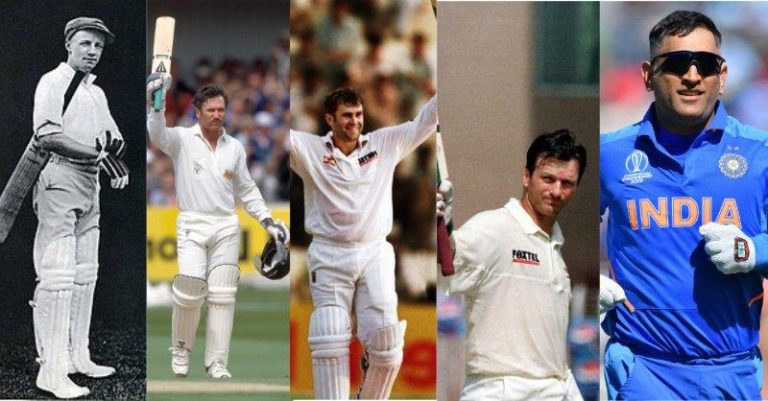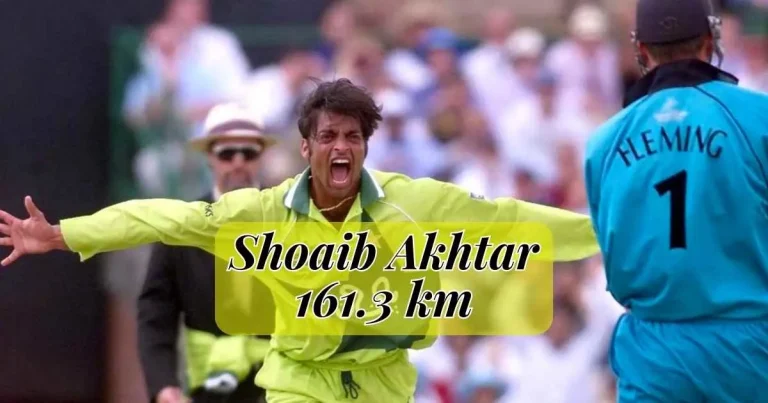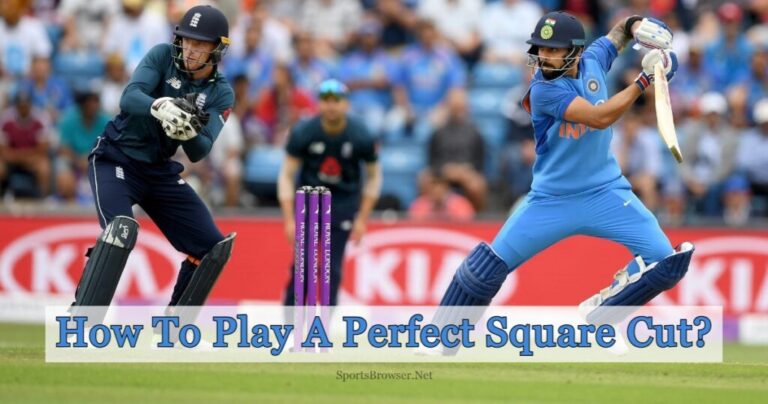Cricket Ground Size: Dimension & Largest Cricket Stadium List
Cricket, the “gentleman’s game,” has won the hearts of millions worldwide. The cricket ground size is a fundamental factor that affects match dynamics and strategies. Ground dimensions shape play style, fielding tactics, and overall excitement. In this article, we explore key size factors, trade offs, and game implications. Stay tuned to uncover how ground dimensions transform this captivating sport.
Key Factors Affecting Cricket Ground Size
Pitch Size
The cricket ground’s heart is the pitch, and standardized dimensions define it. It is a rectangular area located in the center, measuring 22 yards (20.12 meters) in length. The width of the pitch is generally 10 feet (3.05 meters). Additionally, the International Cricket Council (ICC) strictly regulates these dimensions to maintain consistency and fairness. See Also: Longest Six in Cricket History
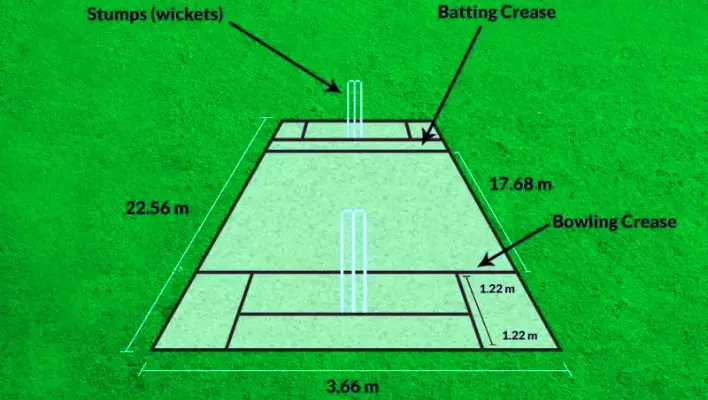
Boundary Dimensions

The boundary, also known as the outfield, is the area surrounding the pitch. Its size can vary significantly, and it is influenced by several factors:
Format of the Game
The format of the game, whether it’s Test cricket, One Day International (ODI), or Twenty20 (T20), impacts the boundary size. T20 matches typically have shorter boundaries to encourage aggressive and entertaining batting, while Test cricket often features larger boundaries that require more emphasis on shot selection and running between the wickets.
Local Conditions
Environmental factors, such as wind and altitude, can influence boundary size. In some regions, higher altitude may allow the ball to travel further, while strong winds can affect fielding and batting strategies.
Spectator Experience
In larger stadiums and international matches, considerations are given to the spectator experience. Smaller boundaries can lead to more sixes and fours, which can be more appealing to the crowd.
Pitch and Outfield Quality
The quality of the pitch and outfield also plays a crucial role in determining the size of a cricket ground. A fast, hard outfield can make boundaries appear shorter, while a slow or uneven outfield can increase the need for larger boundaries. See Also: Most Followed Cricketer On Instagram

Tradeoffs and Challenges
Determining the appropriate size for a cricket ground involves striking a balance between various factors, which can be challenging:
Entertainment vs. Skill
Shorter boundaries make for more exciting matches with frequent big hits, but they can also favor the batsmen over the bowlers. A fine balance must be struck to ensure that the contest remains fair and engaging.
Home Advantage vs. Fairness
Host nations often design grounds to suit their teams’ strengths, but this can lead to allegations of home advantage. Ensuring fairness is a vital consideration in international cricket.
Pitch Quality vs. Boundary Length
Maintaining pitch quality can be challenging with frequent big hits. Groundskeepers must adapt to ensure a fair playing surface.
Impact on Cricket
The size of a cricket ground shapes the game. It affects play style, fielding, and excitement. Smaller grounds favor aggressive batting and thrilling fielding. Larger ones demand patience and strategy.
The cricket community, both local and global, influences these factors. The ICC provides guidelines, but local boards and ground authorities decide their ground sizes. See Also: Highest Score in Test Cricket
Cricket Ground Size For t20
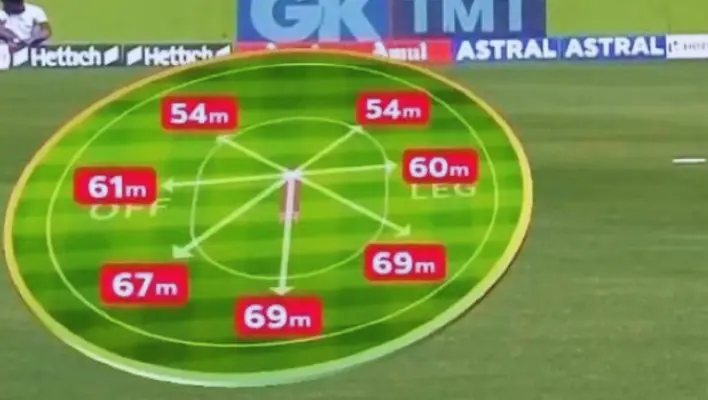
In Twenty20 (T20) cricket, the ground has shorter boundaries than Test or One Day International (ODI) matches. This encourages aggressive batting, more sixes, and higher scores, making T20 cricket exciting. The pitch is standard at 22 yards (20.12 meters) in length and 10 feet (3.05 meters) in width, but the boundary distance varies based on the ground.
These differences depend on local conditions, stadium layout, and the desire to make the game more thrilling for spectators. T20 cricket is known for its fast-paced action, and the ground size is adjusted to match the excitement.
Women Cricket Ground Size
In women’s cricket, ground sizes closely resemble those in men’s cricket. The pitch measures a standard 22 yards in length (20.12 meters) and 10 feet in width (3.05 meters). However, boundary dimensions can vary based on factors like game format, local conditions, and spectator experience.

It’s worth noting that the International Cricket Council (ICC) establishes standardized pitch dimensions and boundary guidelines, ensuring consistency and fairness across both men’s and women’s cricket. Individual cricket boards and ground authorities often determine the specific ground dimensions for women’s cricket, considering various factors that influence ground size. This maintains the integrity of the game while accommodating unique conditions. See Also: Top 10 Greatest Cricketers
Top 10 Largest Cricket Stadium In The World
| Cricket Ground/Country | Dimensions (m) | Crowd Capacity |
| Narendra Modi Stadium, India | 160×140 | 132,000 |
| Melbourne Cricket Ground (MCG), Australia | 171 x 146 | 100,024 |
| Eden Gardens, India | 149 x 143 | 82,000 |
| Perth Stadium, Australia | 152 x 132 | 60,000 |
| Adelaide Oval, Australia | 154 x 140 | 53,583 |
| ydney Cricket Ground (SCG), Australia | 158 x 129 | 48,601 |
| Lord’s Cricket Ground, England | 180 x 106 | 28,000 |
| The Oval, England | 180 x 106 | 25,500 |
| Headingley, England | 180 x 106 | 23,500 |
| Old Trafford, England | 180 x 106 | 25,700 |
FAQs
Which is the largest cricket ground in the world by dimension?
The Narendra Modi Stadium in Ahmedabad, India holds the title for the world’s largest cricket ground in terms of size. It boasts a boundary length of 180 meters, the longest in the world. Additionally, the stadium offers the most extensive seating capacity, accommodating over 132,000 spectators.
No, cricket grounds vary in size, and the dimensions can influence the style of play.
How do smaller grounds affect spin bowlers?
Smaller grounds provide less room for spinners, making it harder for them to contain the batsmen.
Yes, T20 cricket often takes place on smaller grounds to encourage high-scoring and entertaining matches.
Absolutely, players must adapt their strategies to the ground size to succeed in cricket at all levels.



